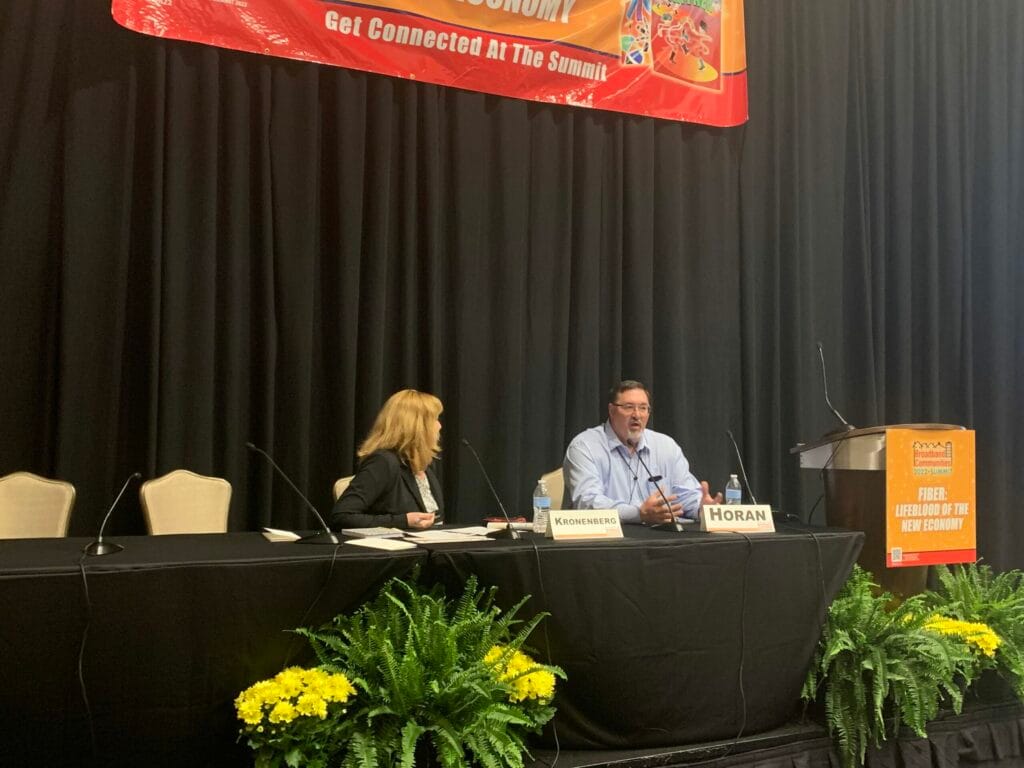Micro-trenching Could Cut Broadband Deployment Costs for Some High-Density Areas
Though the technology could help cut costs in some areas, it should not be considered “an end all be all solution.”

HOUSTON, May 3, 2022 – Microtrenching can be an invaluable deployment method for some broadband rollout efforts, but it should not be considered a one-size-fits-all approach.
During the Broadband Communities Summit here on Tuesday, Mears Group Inc. Vice President of Operations Duke Horan explained the benefits and drawbacks of using microtrenching rather than more traditional construction methods.
Mears Group is a construction engineering company that works on projects ranging from pipeline construction to electrical infrastructure, to broadband.
Horan said that microtrenching as a concept has been somewhat watered down as the practice has become more popular. In his view, microtrenching only applies to builds that dig trenches less than two inches wide and under a foot deep, though he said other construction companies will argue that up to trenches up three feet deep should be considered microtrenching.
Microtrenching can be a cost-saving strategy for many regions, particularly in high-density areas. “In areas with a lot of rock and a lot of asphalt, it may make sense to do microtrenching,” Horan said.
He explained that though there are always disruptions when digging any kind of trench along roads, microtrenching’s impact is lower than traditional trenching. He added that because conduit is buried much shallower than other methods, maintaining, repairing, and replacing conduit is also easier.
Despite these benefits, Horan said that microtrenching should not be used in every situation. “Microtrenching is not an end all be all solution,” he said. For example, though microtrenching works in all climates, it works better in warmer climates because rapid, intense thaw/freeze cycles can be detrimental to the conduit. “The sweet spot is outside of downtown but closer than rural areas.”
He also added that in areas with lots of recurring construction, concrete, or small rocks and pebbles, directional boring and other methods may be more cost effective. An additional caveat Horan mentioned was that although microtrenching machines can deploy at nearly six times the rate of a borer, a microtrencher may require a team of up to 12 operators, whereas a borer can operate with as few as three.








